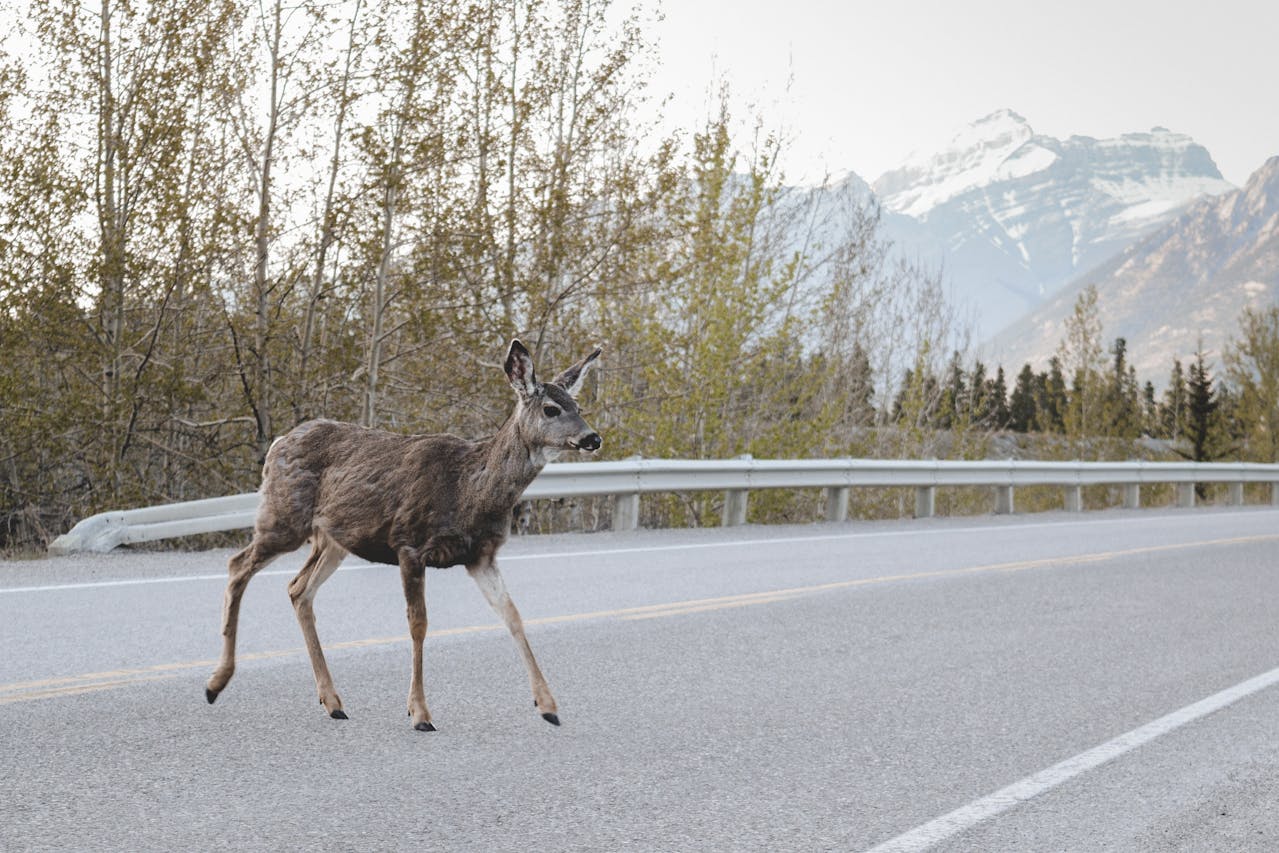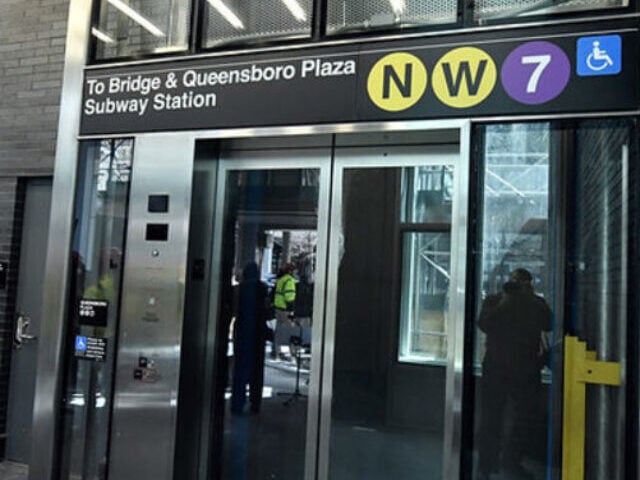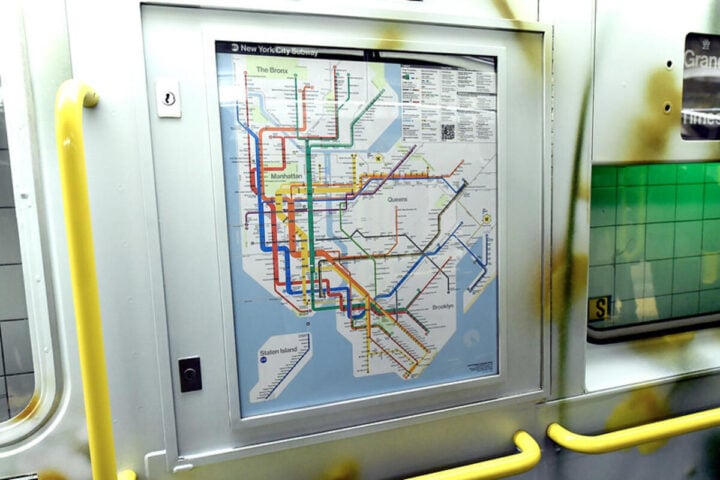The Federal Highway Administration (FHWA) announced on December 20 the allocation of $125 million for wildlife crossing projects across 16 states, addressing the critical issue of wildlife-vehicle collisions on American roadways. The funding, part of the Wildlife Crossings Pilot Program created by the Bipartisan Infrastructure Law, supports 126 projects, including one Native American Tribe.
“Too many Americans are injured or killed each year in crashes involving cars and wildlife, especially in rural areas—which is why our Department created the first-ever program dedicated to crossings that make roads and highways safer for both humans and wildlife,” U.S. Transportation Secretary Pete Buttigieg stated during the announcement. “With funding made possible by the Bipartisan Infrastructure Law, the projects moving forward in 16 states will reduce collisions between drivers and wildlife, create places for wildlife to safely move over and under highways, and help preserve American life and property.”
The Cost of Inaction
The numbers paint a stark picture. Wildlife-vehicle collisions cause approximately 200 human fatalities and 26,000 injuries each year. The economic impact exceeds $10 billion annually in medical costs, property damage, and lost income.
Regional data from FHWA reveals:
- Northeast: 70,000 crashes costing $1.6 billion
- Southeast: 93,000 crashes costing $3.5 billion
- Midwest: 162,000 crashes costing $3.8 billion
- West: 26,000 crashes costing $1.2 billion
Michigan reports the highest number of animal-vehicle crashes, averaging 54,000 annually. Texas leads in human fatalities from these incidents, with over 30 deaths per year.
State-by-State Implementation
The funding addresses specific regional challenges:
Oregon received $33.2 million for its first wildlife overpass on I-5, connecting the Cascade-Siskiyou National Monument. The structure will provide safe passage for deer, bears, elk, and cougars.
North Carolina secured $25 million for the U.S. Route 64 Red Wolf Crossings Project. This arrives at a critical moment – only 17-19 red wolves remain in the wild, with six killed by vehicles on U.S. 64 in the past five years. In June 2023, a breeding male Red Wolf was killed on the highway, leading to the deaths of his five young pups,” reports the Defenders of Wildlife.
Nevada obtained $16.8 million to construct 61 wildlife crossings along US-93, with 68 miles of barrier fencing. The project protects the federally-threatened Mojave desert tortoise.
Florida received $6.1 million for the U.S. Highway 27-Venus Wildlife Crossing. “It’s been a rough year for the Florida panther, with 32 deaths thus far,” stated Mia McCormick from Environment Florida. The underpass will protect endangered Florida panthers, white-tailed deer, black bears, and American alligators.
Similar Posts
Technical Implementation
Each project involves specific infrastructure elements:
- Wildlife overpasses and underpasses on busy roads
- Barrier fencing to guide animals toward safe crossings
- Monitoring systems to evaluate crossing effectiveness
- Pre-cast concrete arch culverts for larger wildlife
“Safety is FHWA’s top priority,” emphasized Acting Federal Highway Deputy Administrator Gloria Shepherd. “These roadway safety investments will ensure that motorists and wildlife get to their destinations safely while advancing a safe, efficient transportation system.”
The program demonstrates strong national interest, with 61 applications requesting over $585 million from 28 states in the second funding round. The initiative continues through fiscal year 2026, with a total allocation of $350 million under the Bipartisan Infrastructure Law.
Ben Prater, Southeast program director for Defenders of Wildlife, noted: “We know the benefits wildlife corridors can provide to species traversing our state’s roadways, and perhaps none are in more need of safe passage than Red Wolves.”

















